EXECUTIVE SUMMARY
November 2018 — If the vision for Wisconsin’s future economy is one of competitive wages, innovative industry, and an entrepreneurial culture, then there are challenges on the horizon. From the perspective of developing an educated labor force that supports both innovation and entrepreneurship, the metrics presented in this report are troubling. The education pipeline in Wisconsin is not currently producing the state-level outcomes necessary to support an economy that offers a large share of skilled jobs, where businesses engage in a wide range of R&D, and entrepreneurs can easily start successful businesses. In particular, this report focuses on college education.
Key Findings:
- In Wisconsin, nearly 29% of the population age 25 and over has a bachelor’s degree or higher, compared to 32.5% for the U.S.
- Wisconsin has a strong high school graduation rate. The share of Wisconsin’s workforce with a college degree, however, trails the national average partially due to only average college enrollment and relatively low graduation rates.
- Analysis by gender and age cohort reveals an important educational asymmetry. The share of college-educated women now far exceeds the share of college-educated men, more than reversing trends of past generations.
- Wisconsin’s negative net migration of college graduates is primarily due to low levels of in-migration from other states rather than high rates of out-migration from Wisconsin. That is, Wisconsin’s talent migration is characterized more so by a lack of a “brain gain” rather than a “brain drain.”
- Though a relatively large share of college students has debt, average debt in Wisconsin ($29,000) is smaller than that of students in neighboring states.
Explore the Wisconsin Economy
Download Article


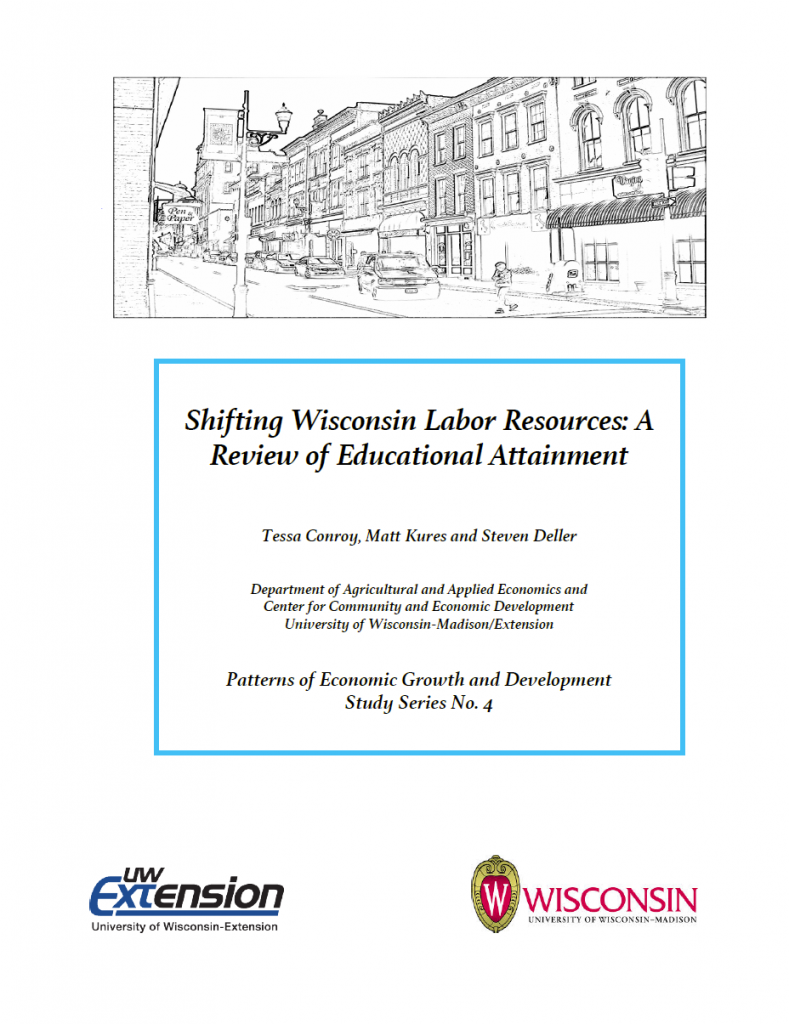
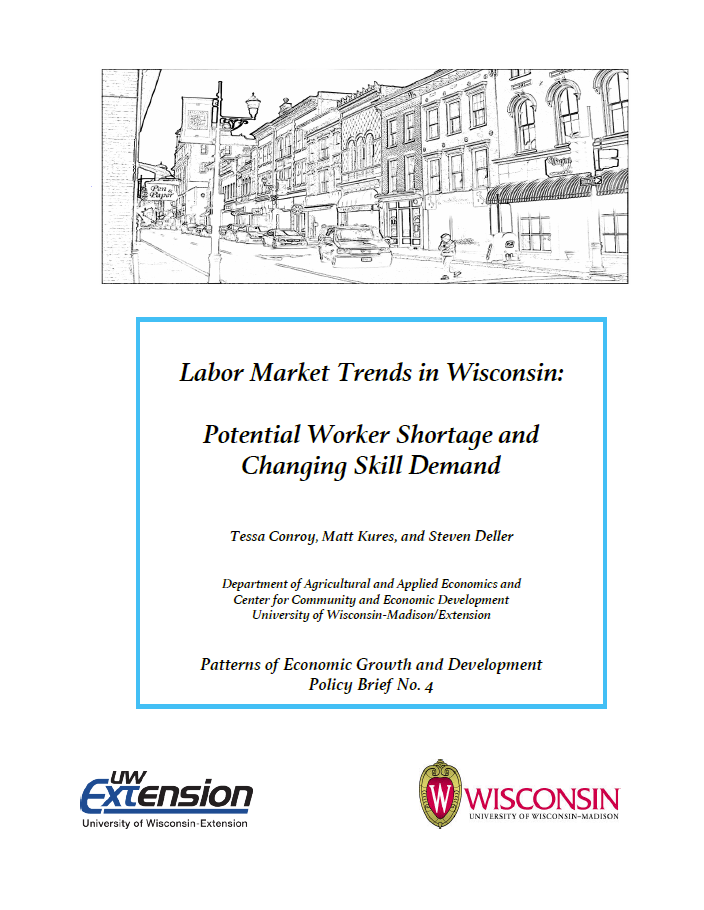

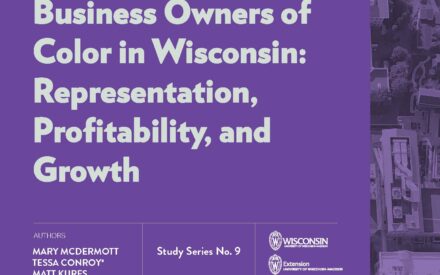
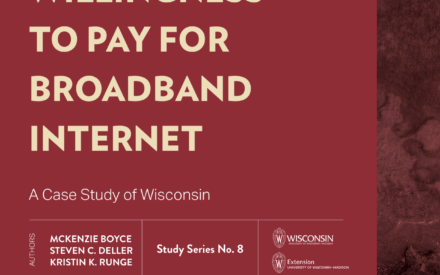
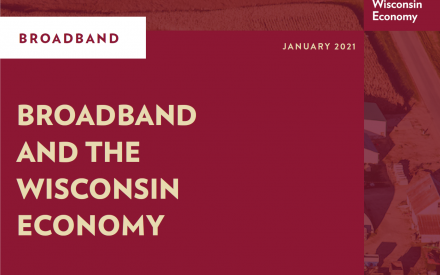
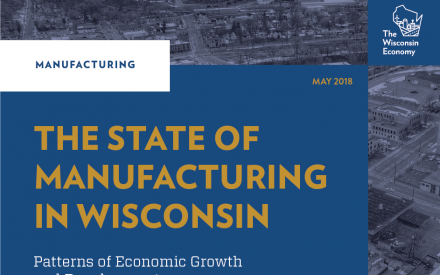
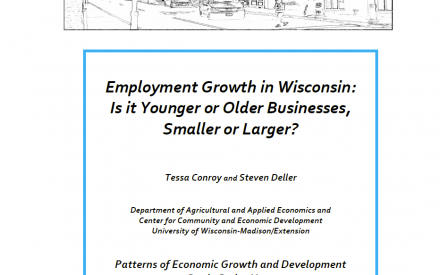
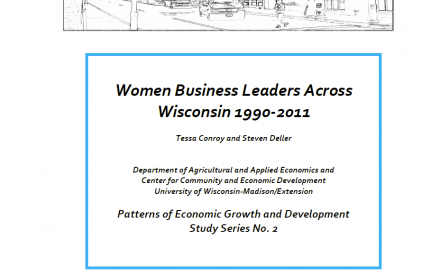
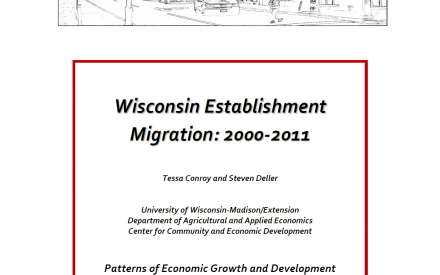

 What's Next in Wisconsin Broadband, May 2025
What's Next in Wisconsin Broadband, May 2025


